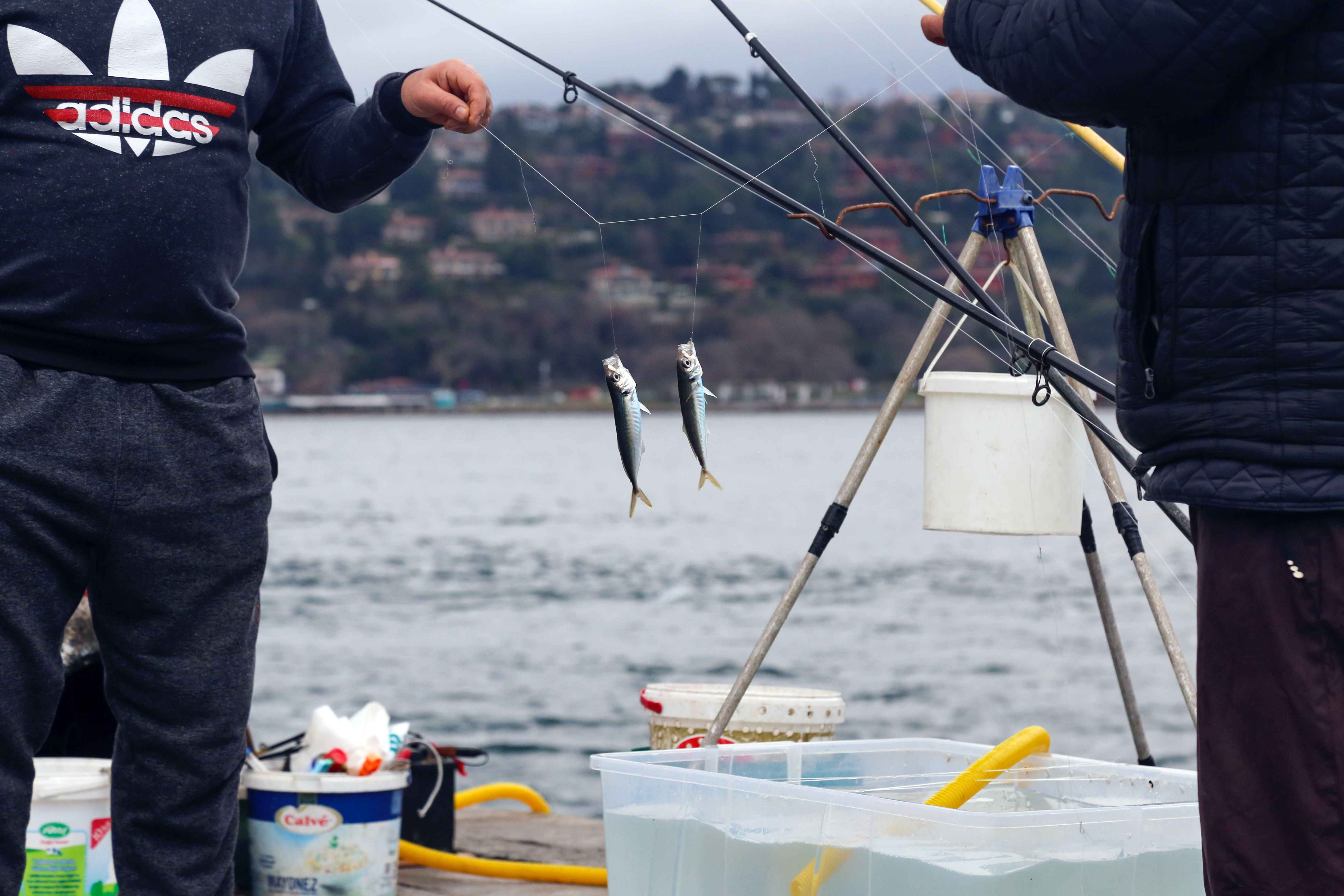February 11, 2021
Baitcasting


Baitcasting, a fishing technique that cannot be imagined without using a bait casting rod, came into existence back in the 17th century but received popularity at a broader level in the 1870s. Its most important component, the bait casting rod, has been designed so that its spool sits parallel to it, unlike in the case of a spinning rod (where the spool is positioned perpendicular to the rod).
Overall at a practical level, baitcasting is generally used to project heavy baits (which makes the reel accommodate close distance casting only). And to withstand the weight of such metallic or plastic baits (if artificial), the need to use a heavy-duty fishing line undoubtedly becomes necessary as well. Having mentioned that, it becomes pretty clear how the target prey is large and heavy, like varieties of Bass, Muskellunge, Catfish, and Northern Pike.
What to Expect When Baitcasting
The baitcasting rig set is already considered expensive compared to other rigs (especially in comparison with spinning gear). And with advancements in technology and the rising needs in this technique, you may come across a wide variety of equipment. So, as a beginner, you may end up getting a very basic rig; however, be considerate of the quality so that your purchase doesn’t defy the purpose, i.e., don’t try to catch something big with a ring that’s not capable of withstanding the weight and strength.

Keeping in mind the details mentioned above, you shall expect to invest in something that falls in mid-range regarding the price and can accommodate 110-120 yards of fishing line enduring 10-14 pounds of weight (that of the lure). If possible, take along a guide or a manual that helps you out in assembling the gear during the very first excursions you go on.
Fun fact: Baitcasting allows anglers to effortlessly throw the lure in a way that it softly lands into the water without spooking nearby fish through the formation of splashes.
Tips for Baitcasting
- Ideally, pair bait casting reel with braided, monofilament, or fluorocarbon fishing lines.
- Practice proper handling of the spool. Because of the reel's alignment, the spool starts moving as soon as you release the line. So, if you let it go freely, your line could end up into knots.
- For correct alignment of your arm while holding your rod, make a right angle at your elbow point by bending your arm's crook. Following this, hold your rod as it slightly passes a vertical position (i.e., not completely upright) to cast your line. This can prevent you from receiving injuries in the longer run.
- Baitcasting rods come with various added features than the older ones. So, whichever you intend to buy, try holding it first to see if you can comfortably handle it.
- As a beginner, practice bait casting with plastic lures rather than the heavier metallic ones to avoid injuries.


